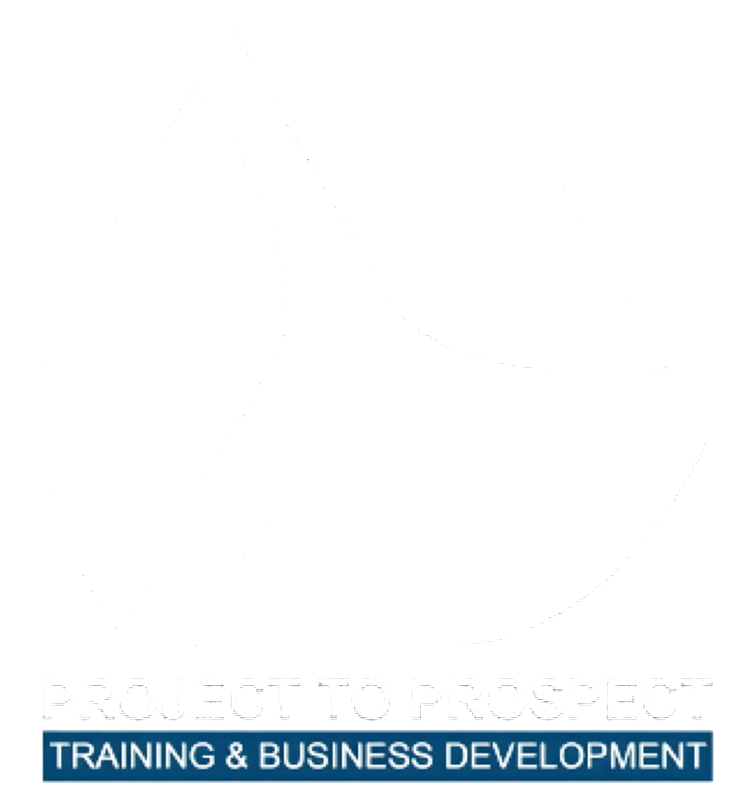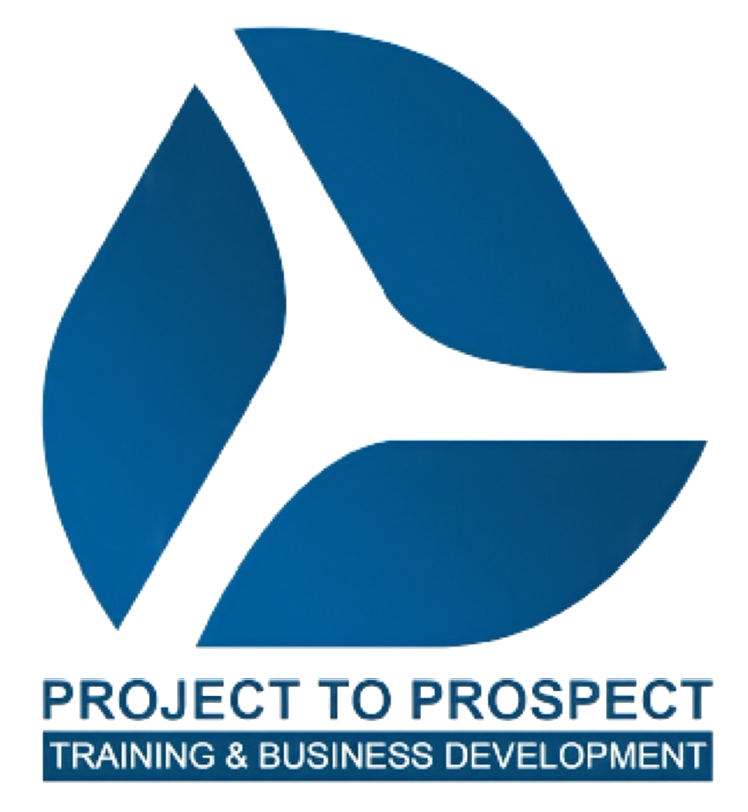About Lesson
1. Logistics and Supply Chain Overview
Fundamental concepts, understanding tradeoffs to present a logistics strategy that aligns with organizational strategy, and finding the most effective mix of revenue producing services for the cost of providing that service.
0/3
2-Capacity Planning and Demand Management
Logistics capacity planning and related decisions rely on efficient forecasts. The effective acquisition of inventory also requires a collaboration between procurement and logistics.
0/4
3-Order Management
At the core of the logistics process is the customer order, which serves as the trigger setting logistics in motion. Order management activities include a variety of tasks aimed at planning, designing, and controlling processes which manage and execute customers’ orders. At the core of these processes is customer relationship management since every decision and activity that logistics takes should be with the customer in mind. By developing a customer service management strategy, logistics can deliver on the seven rights of customer service which enhances long-term customer satisfaction and creates lifetime customers.
0/3
4. Inventory and Warehouse Management
Inventory and warehouse management involves maintaining inventory levels in a manner that aligns with the business strategy and goals, supporting the coordination of supply and demand, while protecting inventory value. Warehouse management also entails the movement of materials and goods into and out of storage efficiently, safely, and with minimal inventory damage. As business practices and technology evolve, inventory and warehouse management must adapt to new distribution channels and customer/consumer expectations by creating new processes that deliver the desired results.
0/5
5. Transportation
Transportation moves goods and services across geographic lines, between where products are
Produced and where they are consumed, while allowing for competitive growth. The wider a product’s distribution and the greater its demand, the more manufacturers can leverage transportation’s economies of cost.
0/3
6.Global Logistics Considerations
The infrastructure and systems of the countries to which it will export goods
And knowing the regulations which govern each country that its shipments will travel through the customs clearing and documentation requirements for each shipment as dictated by each country and transportation mode used an understanding of how it can reach mutual agreement on the terms of sale, methods of payment and finance terms trade participants; and the process of determining the currency to be used for payment, transfer pricing and potential understanding of how free/foreign trade zones influences duties paid and total landed costs.
0/4
7. Logistics Network Design
The design of the network of warehouses and transportation lanes & choosing the optimal number, location, and type of warehouse facilities, which can be supported by using both manual and automated decision support tools. Risk management helps logistics professionals determine how they can help minimize uncertainty and provide more reliable organizational results.
0/3
8. Reverse Logistics and Sustainability
Companies around the globe use reverse logistics to manage their product returns in ways that actually turn the reverse flows into quantifiable value streams that not only contribute to the profitability of the organization, but also strengthen its triple bottom line (TBL) and its commitment to sustainability and social responsibility.
0/2

